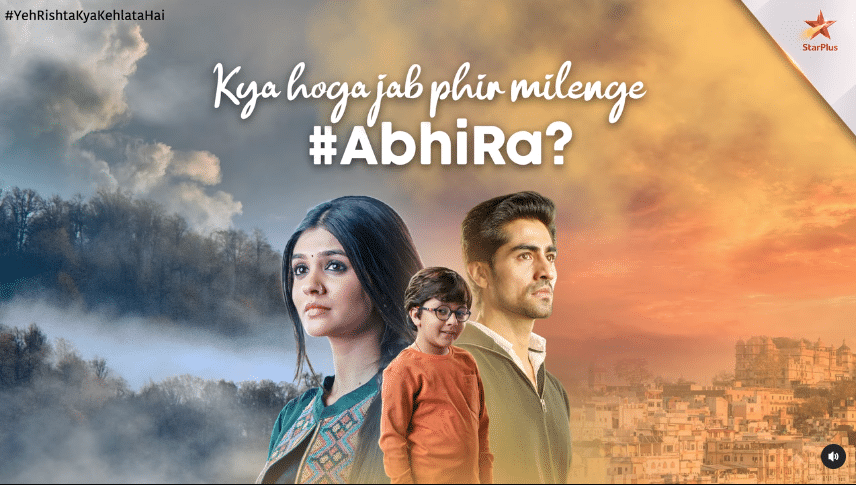CAST: Mohit Raina, Konkona Sen Sharma, Prakash Belawadi, Shreya Dhanwantry, Tina Desai, Balaji Gauri, Mrunmayee Deshpande, Natasha Bharadwaj, Satyajeet Dubey
DIRECTOR: Nikhil Advani
Season 2 of this series, with eight episodes each ranging from 45 to 50 minutes, delves into the harrowing events of the Mumbai floods in 2005. As a viewer, I had high expectations, given the reputation of the creators. However, I must admit that this season left me somewhat disappointed.
The show brings back many of its main characters, and while the premise of exploring such a significant real-life crisis is promising, it falls short of delivering a truly impactful narrative. The flooding of Mumbai in 2005 was a tragic event that affected countless lives, and it offered an opportunity to tell a compelling story of resilience, hope, and human spirit amidst the chaos and devastation.
Dr. Kaushik Oberoi, portrayed by Mohit Raina, finds himself immersed in a troubling court case that not only questions his professional competence but also challenges his patriotism. Meanwhile, his expectant wife, played by Tina Desai, grapples with a mix of happiness and anxiety as they anticipate the arrival of a new family member.
On the other side of the story, TV reporter Mansi Hirani, portrayed by Shreya Dhanwantry, is diligently pursuing a story that could potentially tarnish Oberoi’s reputation, unaware that her own perspective is about to shift dramatically. Inside the hospital’s grim corridors, Dr. Chitra Das, portrayed by Konkona Sen Sharma, is confronted by haunting memories from her past. Head nurse Cherian, played by Balaji Gauri, efficiently issues orders, while the hospital’s leader, Dr. Subramaniam (Prakash Belawadi), attempts to maintain order while imparting wisdom here and there.
Among the trainee interns, Sujata, Diya, and Ahaan, portrayed by Mrunmayee Deshpande, Natasha Bharadwaj, and Satyajeet Dubey, navigate from one crisis to another, their exhaustion evident in their hollow eyes. In the backdrop, there’s a lingering fear of a potential contagious disease outbreak, although it never materializes, with a burns case demanding their attention. The victim of this case bears not only physical scars but deep emotional wounds.
The rescue of a potentially abused child causes a stir, as an abusive husband looms menacingly, ready to prey on his terrified wife. An uncouth and wealthy individual roams the premises, menacingly threatening everyone in his path. The introduction of new characters, including Parambrata Chattopadhyaya and Sanjay Narvekar, further contributes to the chaos.
This intricate web of interconnected narratives, reminiscent of the first season, adds depth and complexity to the series, making it a potentially compelling and suspenseful watch.
Unfortunately, Season 2 struggles to bring all these elements together effectively. While the fictional Bombay General Hospital is at the center of the story, it seems that both the external chaos and the internal struggles within the hospital fail to coalesce into a truly compelling whole. The portrayal of the flood and its impact, both outside and within the hospital, lacks the emotional depth and impact that one might expect from such a dramatic backdrop.
It’s worth noting that despite these shortcomings, there are moments of hope and unity depicted in the series, mirroring the real-life stories of heroism and resilience that emerged during the 2005 Mumbai floods. However, these moments don’t manage to elevate the series to the level of emotional engagement it aspires to achieve.
While Season 2 of this show explores a significant historical event and touches upon themes of unity and hope, it struggles to weave these elements into a cohesive and emotionally resonant narrative. Despite its potential, it doesn’t quite live up to the expectations set by its premise and the talent behind it.
Streams on Prime Video







